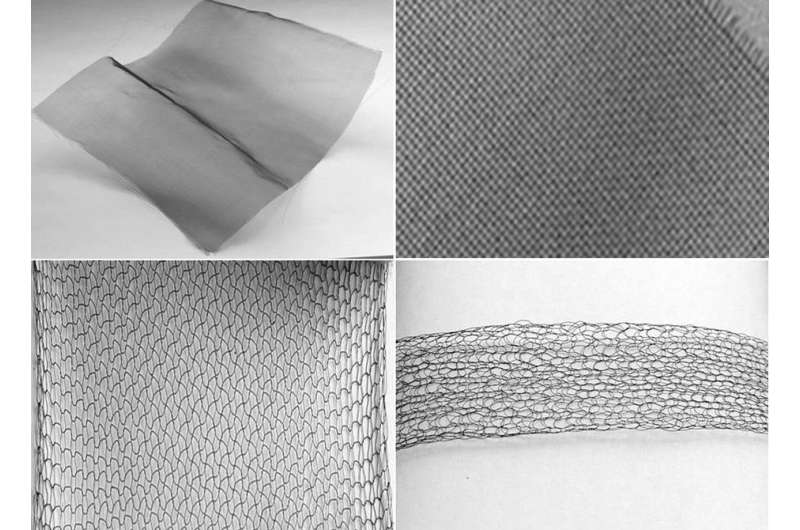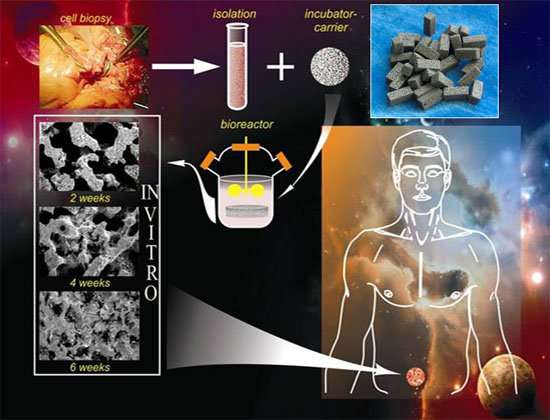Scientists have improved the cell incubator for human organs

TSU has patented a new incubator made of thin filaments of titanium nickelide (TiNi) for introducing cells into the injured human body. It is designed to compensate for functions damaged by trauma or disease. Thanks to the new production method, the incubator has become more durable and now accommodates more cellular structures, which makes it 150 percent more efficient.
A permeable incubator in medicine is a porous container for cells that are used to completely or partially replace the functions of a damaged organ. This container is impregnated with a suspension of the cell culture that will replace the dead cells of the organ, and then is placed in the human body. Diseases of the liver, pancreas, and hematopoietic system and other diseases are treated In this way.
TSU scientists proposed making the incubator in a new way: not from a solid array but from intertwined filaments of titanium nickelide with a diameter of 25 to 40 microns. Thanks to this solution, it accommodates 150 percent more functioning cells with the same volume. In addition, it increases its permeability, and hence, the fillability of the cell suspension.
"Our incubator is made in three versions: in the form of crumpled tangled filaments; in the form of a multilayer tampon made of woven mesh of filaments; and in the form of (a balled-up roll of nickel-titanium mesh," explains Professor Victor Gunter, director of the TSU Research Institute of Medical Materials and Implants with Shape Memory. "Such an incubator is very strong and flexible, and therefore it does not injure tissues that come in contact with it in unforeseen mechanical stresses, for example, impacts or falls."

The interweaving of filaments in the incubator forms many local micro-dimensional niches, where the fragments of the cell culture hide from the attack of immune cells of the body. This also happens because the size of immune cells exceeds the dimensions of filaments from titanium nickelide.
"After a period of adaptation, the cells inside the incubator begin to function, replacing partially or completely the function of the injured organ and creating a certain therapeutic effect," adds Georgy Dambayev, a professor at Siberian State Medical University. Over time, the efficiency of the device increases, as the permeable structure germinates with blood and lymphatic vessels, and the incubator functions as closely as possible to natural organs in natural conditions.
The lifetime of the incubator from the filaments is 150 percent longer than that of the incubators from the array of porous nickel titanium.



















